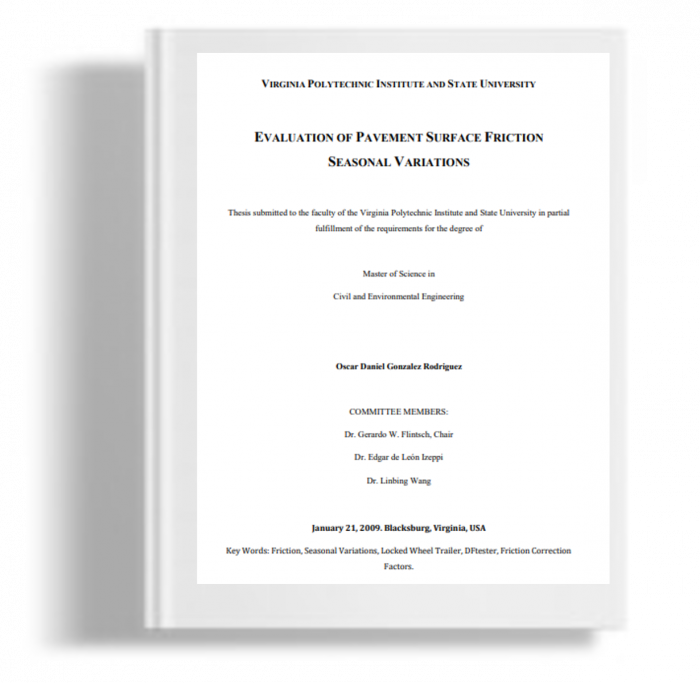Kami menggunakan cookies untuk membuat pengalaman Anda lebih baik. Untuk mematuhi petunjuk e-Pribadi yang baru, kami perlu meminta persetujuan Anda untuk menyetel cookies. Pelajari lebih lanjut .
Evaluation of Pavement Surface Friction Seasonal Variations
The main conclusion of this investigation is that seasonal variation has a significant effect on pavement friction measurements. The general trend observed is that the measurements are higher in the winter months than in the summer months. This tendency follows a cyclical sinusoidal pattern throughout the year, similar to the air temperature variations. This suggested that temperature was at least one of the factors that affected the fiction correction factors.
- Baca | Unduh PDF
- Evaluation of Pavement Surface Friction Seasonal Variations
The main conclusion of this investigation is that seasonal variation has a significant effect on pavement friction measurements. The general trend observed is that the measurements are higher in the winter months than in the summer months. This tendency follows a cyclical sinusoidal pattern throughout the year, similar to the air temperature variations. This suggested that temperature was at least one of the factors that affected the fiction correction factors. Better coefficients of determination were obtained for the DFTester models than for those for the locked-wheel devices. However, the sinusoidal model determined for the locked-wheel device at 64 kph (40 mph), which is the standard test velocity, fit relatively well the measured friction correction factors. Average friction correction factors for the Commonwealth of Virginia were proposed using these models. iii The study also showed that the friction correction factors are speed-dependent and are affected by the macrotexture of the pavement surface. The maximum (winter) friction correction factors were found to decrease with increased macrotexture for both devices at all speeds. The effect is more pronounced, however, for the locked-wheel measurements than for the DFTester measurements.

